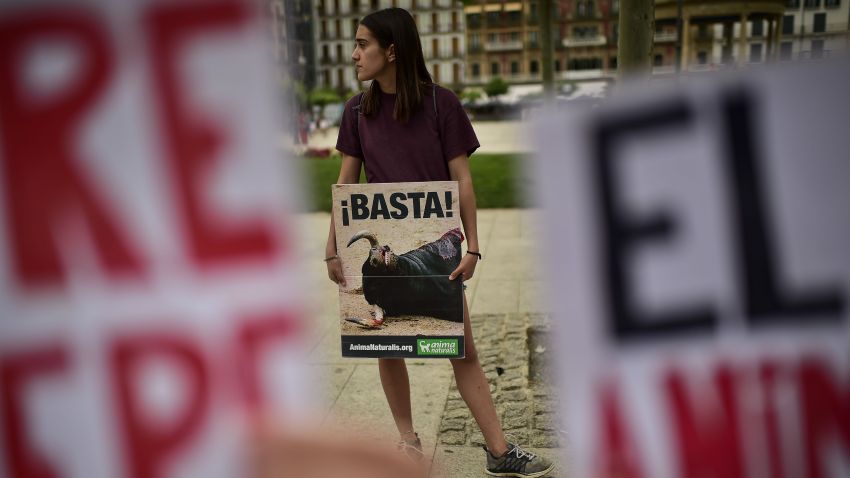ALICANTE, Spain—Twenty or so protesters march slowly up La Rambla in the early August heat, police vehicles positioned in front and behind their small column on the wide main artery through Spain’s southeastern city of Alicante. Between them, they hold a few posters with gory images of bulls—all of them stuck with various sharp implements—bleeding into the dirt, emblazoned with pleas to end the practice of bullfighting.
The marchers have about a mile to go to reach the Plaza de Toros, the scene of the event they are protesting, but their movement as a whole may be very close to achieving its goals worldwide.
The practice of bullfighting has long been controversial and is already forbidden, outright or effectively, in several Latin American countries and parts of Spain, including the Canary Islands, Catalonia and certain areas of Galicia. But on June 10, a Mexican court announced a permanent ban on bullfights in Mexico City, representing a uniquely massive blow to an already struggling industry. The Mexican capital’s bullring, alternately called La Mexico or La Monumental, is arguably the most important site for events held outside of Spain. Indeed, with a capacity of over 41,000, it is the world’s largest bullfighting venue—far bigger than even the tradition’s most hallowed structure, Madrid’s Las Ventas, which seats some 24,000 spectators.

